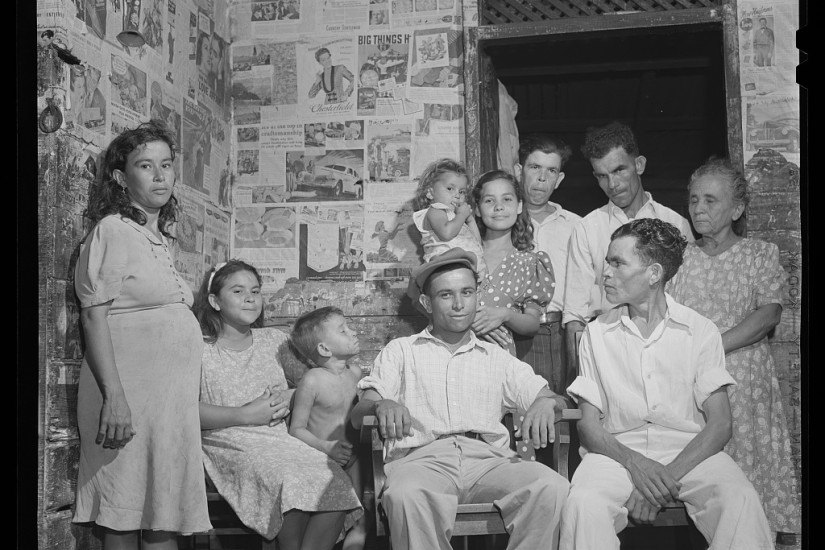My name is Puerto Rico. In this story I retell my history in terms of language, speaking to my people’s description of me, as one of the world’s oldest colonies. My narrative delves into sounds that predate 1493, when Spanish conquistadors occupied me and introduced Spanish to the Taíno language I was accustomed to at that time. Interestingly, that language persists today, in a fusion with Spanish, U.S. English, and some African languages.
My sound is unique.
Colony
Why do I call myself a colony?
A colony is a country or area under the full or partial political control of another country, typically a distant one, and occupied by settlers from that country.
These settlers often bring with them a new language that influences the original language and inevitably results in the development of a mixed language, creole or pidgin.
Many believe my Spanish name "Puerto Rico" or "Rich Port" refers to the vast quantity of gold that colonists extracted from my streams and rivers during the colonization I endured. Others ascribe my name to the sturdy and secure ports my colonists later constructed.
However, I had a name long before any colonial designation.
I am Boriquén
Boriquén (also spelled Borikén) means "land of the brave lord."
It is the name the Taíno people gave me.
As the first known inhabitants of my land, Taínos identified as Boriqueños which derives from my first name, Boriquén. Taínos migrated from South America to Boriquén around 500 B.C. (Siegel 209).
They had their own culture, language, and government structure.
They were an innovative and skillful population. They built large canoes for navigation, made pottery, and we developed an agricultural synergy. They only took what they needed and treated me respectfully, so I generously produced corn, sweet potatoes, and yams.
On celebratory days, my soil experienced the rumble of the judicial contests that took place in the Batey plaza. The Batey plaza was the heartbeat of the Taíno people; it was their central gathering place. They built their settlements around the Batey plaza and held all their group gatherings there.
Areyto or areíto, as my Spanish colonizers liked calling it, was one of the most joyous customs I recall witnessing. The Areyto was a ceremonial dance performed by Taínos to worship and pay respect to the deeds of their ancestors and deities. The Areytos were melodic and incorporated choreography, vocals, and instruments like flutes, drums, and slight bell-like rattles which the Spanish referred to as cascabeles.
The Taínos also had a profound sense of spirituality. Taínos believed that cemís, gods of both sexes, provided protection. They also believed in a hierarchy of deities. This included the good spirit, Yukiyú, who was the protector of lives and crops, and the bad spirit, Juracán, the destroyer of crops.
The Taíno legacy is still present in my peoples' ethnic heritage. For instance, Juracán is the origin of the word "huracán" (hurricane) in Spanish. Other words like barbacoa (barbeque), canoa (canoe), and hamaca (hammock) also persist. Most importantly, Puerto Ricans are proudly known as Boricuas or Borinqueños, which originates from the name the Taino’s gave me, Boriquén.
